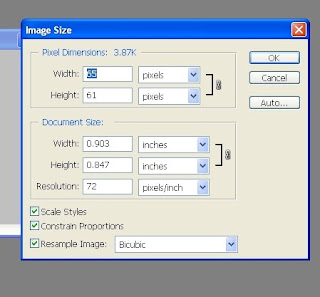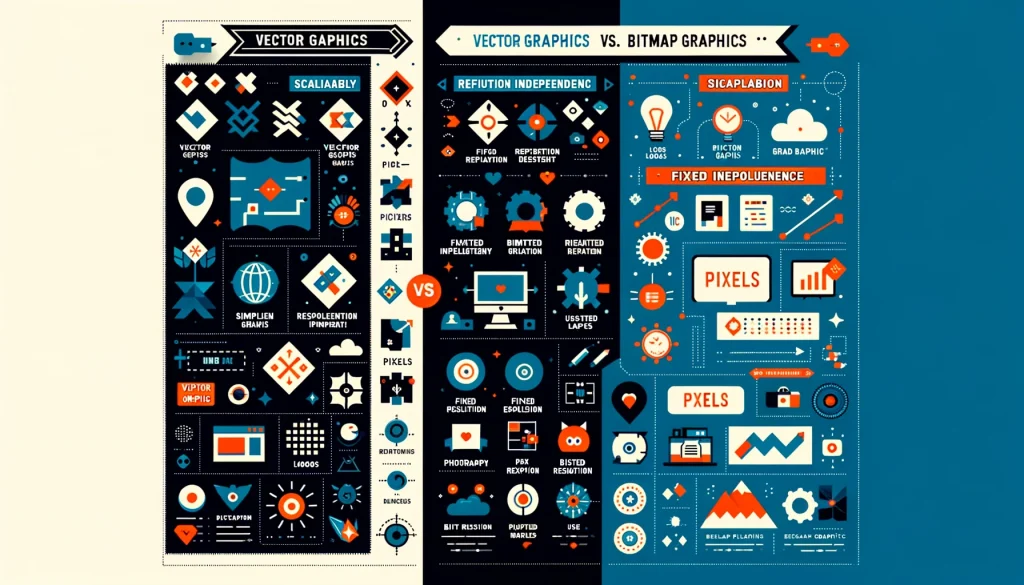Yard Sign Placement Strategies
Yard Signs and their many uses
Yard signs are one of the most cost-effective forms of advertising. Whether you are promoting your home-based business or some type of event, yard signs are a great way to get the word out. Yard signs are used for a variety of reasons besides advertising a business or products, such as:
o Selling a vehicle
o Houses for sale
o Property rentals
o Political campaigning
o Network Marketing entities
o Loan and mortgage companies
o Landscapers and lawn maintenance
o Churches
o Builders and contractors
Because yard signs are such an effective form of advertising, all types of businesses and organizations can benefit from using them. When you take the cost of yard signs into consideration, you’re looking at one of the most affordable forms of advertising that a business or organization can use.
Things to consider when placing your signs
It is always recommended yard signs be colorful so they attract the attention of the people driving by. However, the key aspect here is: if you have a nice looking piece of property, you do not want the yard signs to detract from the looks of the property. Make sure that you signs have pleasing and easy to read color combinations and deigns. A nice sign is all well and good, but without a placement strategy, it may not be as effective. Here are a few tips to consider where the placement of your yard signs is concerned.
The placement of your signs is typically determined by the location of your property. In other words, if your house or place of business is located in the middle of the block, you’ll obviously want to place your signs at both ends of your property. If your lot is longer, you might want to consider placing an additional sign in the middle of your property as well as the ones on each end. We also suggest that the signs at the ends of your property are angled slightly so that they face the oncoming traffic as well as the street.
Additional strategies include the following:
- Signs should be placed in an upright position so that they are at a 90° angle to the ground and should not lean either backward or forward.
- The signs should be sitting between 6 inches and a foot above the ground once you have them staked in.
- Place the signs as close to the road as what city regulations will allow – it’s a good idea to check with your local authorities about the rules and regulations involved.
- Another strategy involves the clumping of business or campaign signs in groups of from three to five yard signs using the same message on each, or a message that reads as a sentence from sign to sign.
- Timing should also be a part of your sign placement strategy – in other words, if you’re planning a special time-sensitive sale, put your signs out the night before the sale begins and be sure to remove them the evening that your sale ends.


